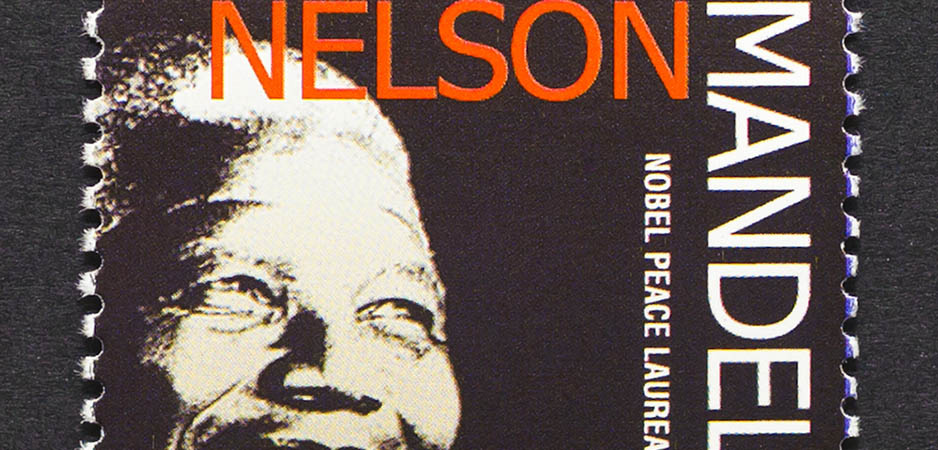I watched an Instagram Reel a few days ago where a college student was asked to name five countries starting with the letter A. One of her answers was “Africa.” Now, while that may say more about American ignorance than about African insignificance, we still have a problem.
I’m an Indian teenager and have lived and studied in India all my life. I am ashamed to say that until I was 12, I also thought that Africa was a country. I likened it to the Australian situation, where the country and continent are more or less the same.
Could you blame me, though? Much of what I had read until then, whether in textbooks or the news, spoke of Africa as an undifferentiated whole, an exotic landmass roamed by wild animals and exotic people, all sporting face paint on a dark canvas. Sprawling savannahs and exposed ribs were the images associated with the continent, pitifully ridden with disease, poverty and civil unrest. I never once read something that referred to the thriving middle class that constitutes about a third of the African population or the rolling beaches of this vast continent, let alone an individual reference to any of its 54 distinct countries.
The stereotype lives on
This very pigeonhole — or “shithole,” as Mr. Trump likes to say — of Africa as an outlandish jungle is what a 2019 New York Times (NYT) job ad for a Nairobi bureau chief position invokes. When it announces the exciting opportunity to cover “unexpected stories of hope” from the “pirate seas of the Horn of Africa” and the “forests of Congo,” it reduces Africa to the very stereotypes—dating to colonial times—that a correspondent reporting from Africa should aim to topple. The LAM Sisterhood, an African feminist content studio, topples this applecart brilliantly with a brilliant satirical reading of this NYT advertisement.
However, this video wasn’t easy for me to find. At first, when I searched for it on Google I was not able to find it. Indeed, when I think about this wonderful video, I haven’t encountered, as far as I can remember, any content online produced by Africans. Why are young Indians like me so unexposed to African voices? If we don’t learn about Africa from Africans, from whom do we learn about the continent and its expansive culture?
The answer, as it turns out, is that we just don’t. And when we do, it’s almost always negative. While Western media are often criticized for their coverage (or lack thereof) of developing countries like Nigeria and Tanzania, Indian media are no different. Even today, the press of the world’s largest democracy tends to pander to well-established African typecasting — that is, in the rare instance that African news even makes it to print.
Western bias and pessimism
Prabhat Kumar and Dorcas Addo published a paper titled “A Study on the Coverage of Africa in Indian Print Media” which revealed that, out of the entire sample of 185 stories on Africa from The Times of India and The Hindu, two leading English-language newspapers in India, only 62 were positive. Even these few optimistic human-interest stories were permitted only a small space in the newspaper.
The authors propose that the primary reason for this scarce and skewed representation is a lack of Indian media correspondents on the ground in Africa and a resulting reliance on Western media for African news and stories. Kumar and Addo’s study found that, from August 2014 to August 2016, all stories about Africa, except for opinion pieces and editorials, had been taken from Western sources such as Agence France-Presse, the Associated Press, Bloomberg and the New York Times News Service.
Another interesting finding from the study was that the single country receiving the highest coverage in the newspapers examined, more than any of India’s neighbors, was the US. It is an open secret that India is fixated on America. Unsurprisingly, the study found that the US featured in the greatest number of lifestyle and entertainment pieces.
Related Reading
Africa is more than three times the size of the US. In 2022, Africa’s population was over 1.4 billion compared to the US population of 333.3 million. So, why do Africans get disproportionately less representation in Indian media than our American friends?
In Indian media, the most intuitive reason for this distortion in coverage is that the media give the people what they want. As the media are nothing but a business setup following the principle of supply and demand, they only supply what their audience demands. So the underrepresentation of Africa in Indian media is merely a reflection of the Indian audience’s indifference towards African stories.
The most plausible explanation for this disregard is the average Indian reader’s fascination with the West in general and the US in particular. This is why coverage of the US is disproportionately high in Indian media. People in developing countries tend to look at developed countries with awe. They are keen to emulate the economic, military and sociocultural conditions that have led to the success and influence of developed countries.
Perhaps, this is an intrinsic human trait. We tend to mirror those we think are doing better than us. In the Indian case, this trait is amplified by the legacy of colonization. India was the jewel in the crown of the British Empire. As Atul Singh has said repeatedly in his conversations and lectures, Indians have internalized their inferiority. This feeling is now embedded in their psyche. Hence, the Indian fixation with the West stems from a deep-rooted perception of Western superiority.
The most plausible explanation for this disregard is the average Indian reader’s fascination with the West, which as a result receives markedly more coverage in Indian news. Maybe it’s not unusual to look with awe upon more developed countries, eager to learn more about them to emulate the economic, military and sociocultural conditions that have earned them reverence and influence worldwide. It is likely an intrinsic human trait to mirror those one thinks are doing better than themselves. Or perhaps the Indian mindset’s captivation with the West stems from a deep-rooted perception of Western superiority, a gem that colonialism has securely embedded into the Indian psyche.
None of these explanations, however, can do away with the importance of Africa as a source of learning. Unless we start exposing ourselves to African narratives, we risk falling prey to what author Chimamanda Ngozi Adichie calls the danger of a single story, the dominant one of the once-imperial and mercifully civilizing West.
Africa is a landmass where the earliest known Homo sapiens emerged, teeming with natural resources and home to a panoply of cultural traditions and some of the fastest-growing economies in the world. The continent and the significance of its stories are not to be underestimated.
[Lane Gibson edited this piece.]
The views expressed in this article are the author’s own and do not necessarily reflect Fair Observer’s editorial policy.
Support Fair Observer
We rely on your support for our independence, diversity and quality.
For more than 10 years, Fair Observer has been free, fair and independent. No billionaire owns us, no advertisers control us. We are a reader-supported nonprofit. Unlike many other publications, we keep our content free for readers regardless of where they live or whether they can afford to pay. We have no paywalls and no ads.
In the post-truth era of fake news, echo chambers and filter bubbles, we publish a plurality of perspectives from around the world. Anyone can publish with us, but everyone goes through a rigorous editorial process. So, you get fact-checked, well-reasoned content instead of noise.
We publish 2,500+ voices from 90+ countries. We also conduct education and training programs
on subjects ranging from digital media and journalism to writing and critical thinking. This
doesn’t come cheap. Servers, editors, trainers and web developers cost
money.
Please consider supporting us on a regular basis as a recurring donor or a
sustaining member.
Will you support FO’s journalism?
We rely on your support for our independence, diversity and quality.








Comment